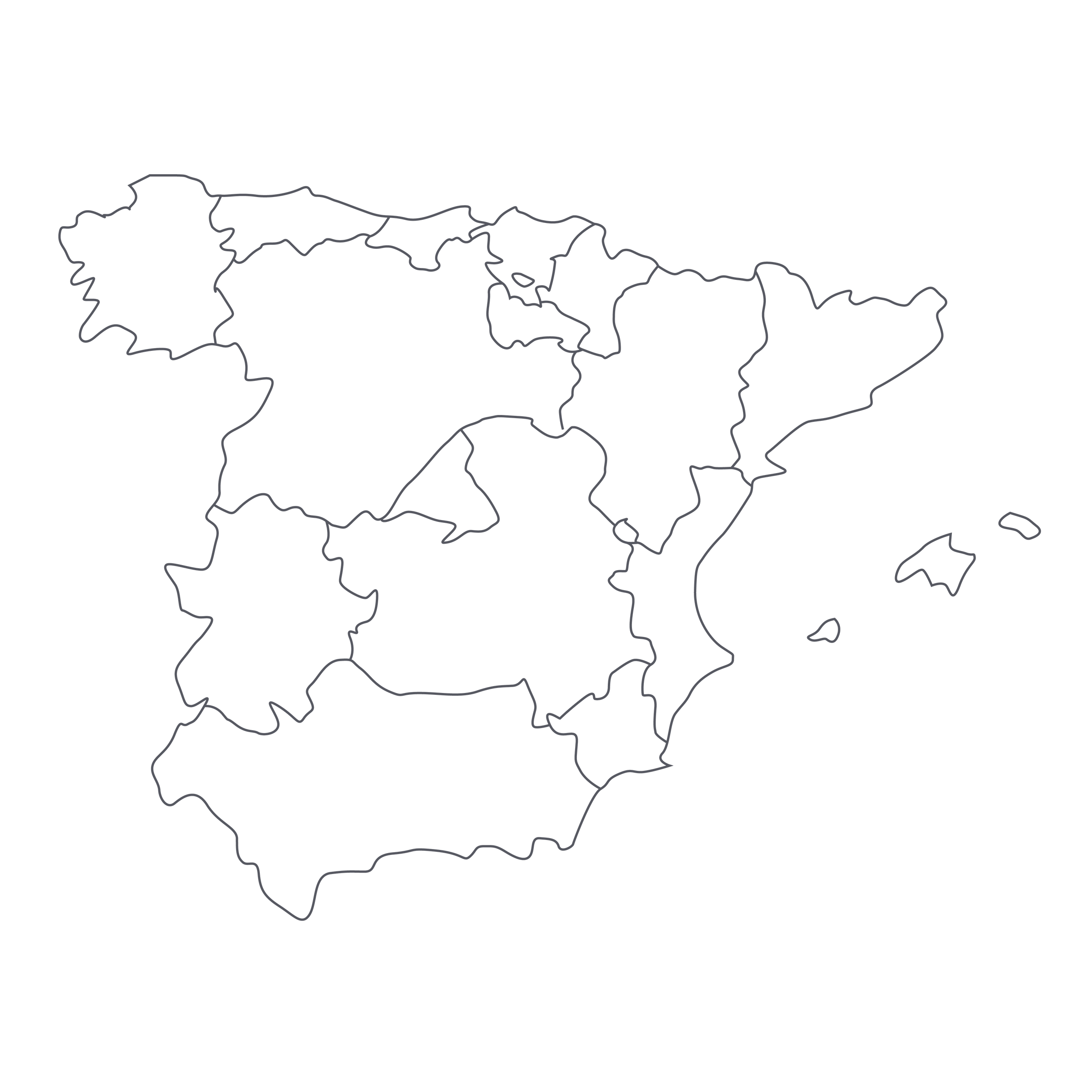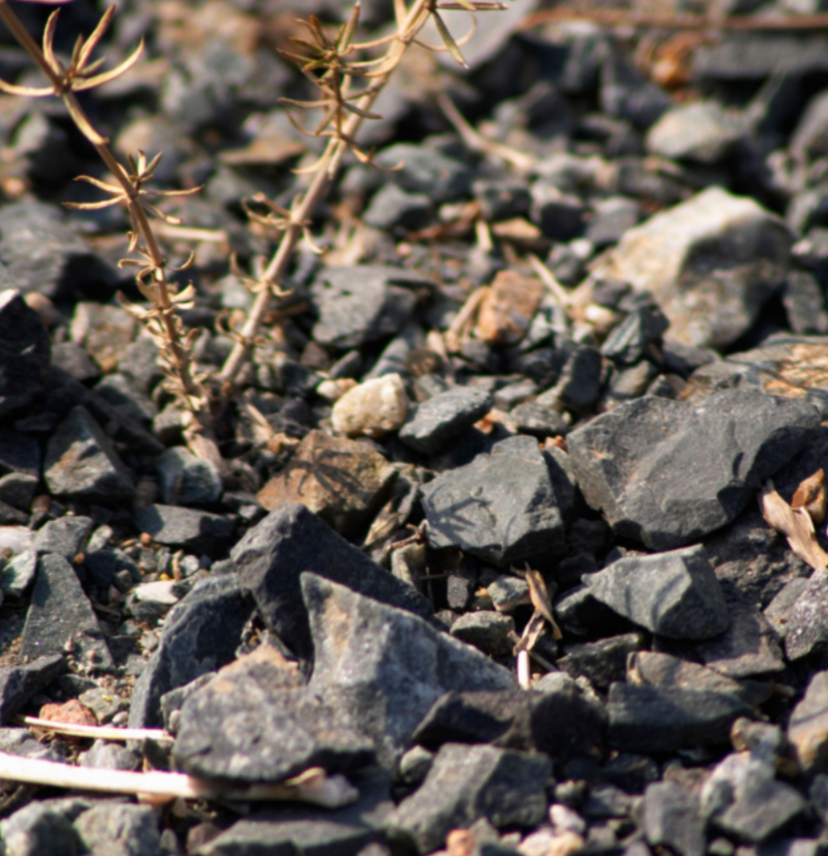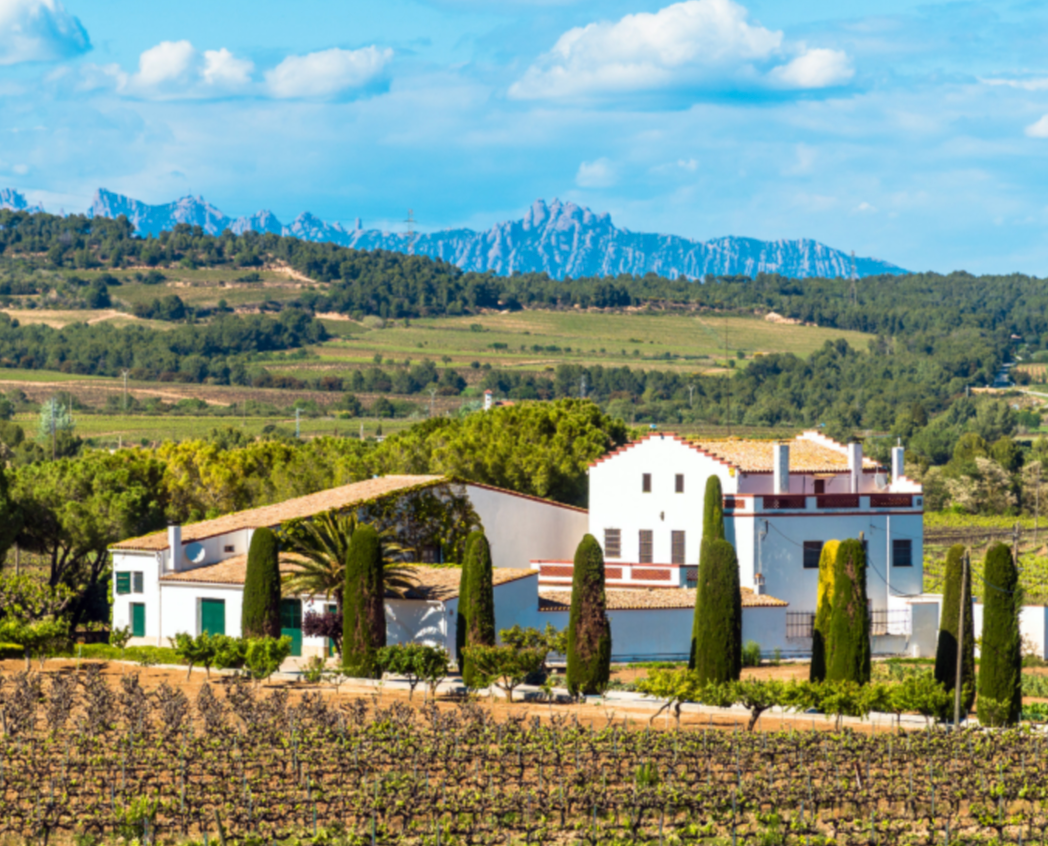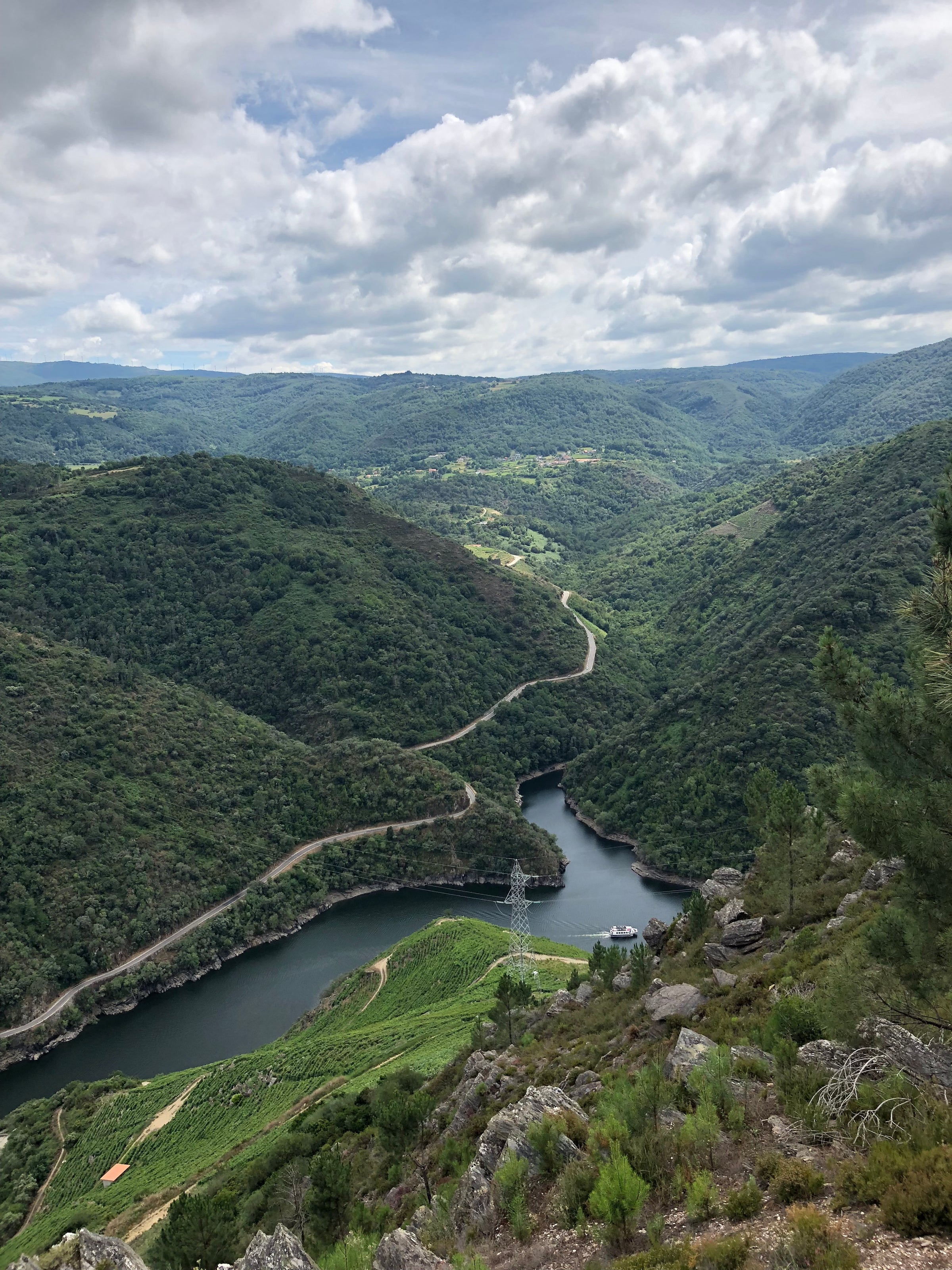SommSelect Editorial Director David Lynch presents a red wine from southwestern Spain that has all the makings of a sommelier sensation.
Thinking back on my many years in restaurants, I can say the following with certainty: This wine is the kind of wine that quickly goes viral among sommeliers. Made from an extremely rare grape in an exotic locale, this stuff slakes the thirst for adventure—while offering the added benefit of being delicious, as opposed to simply being weird for weird’s sake (which is good enough for some). Sommeliers would use it to impress (or stump, or both) other sommeliers. Servers and bartenders would be all over it, too, because its story is so unique and unforgettable: It’s made from 100% Tintilla, a red variety from the Jerez region of southwest Spain that all but disappeared during the phylloxera epidemic of the late-19th century. Using cuttings from some abandoned vineyards untouched by phylloxera, Alberto Orte of Vara y Pulgar propagated enough Tintilla to create what he claims is the first varietal wine from the grape in more than a century. The wine practically sells itself, and closes the deal with its inimitable flavor profile. Dark-toned, spicy, tangy, and fragrant, it hints at some familiar favorites—Galician reds like Bierzo; northern Rhône Syrah; cru Beaujolais—while remaining wholly unique. Every Spanish wine expert I know has asked me if I’ve tried this wine. Now I have, and wow—you need to check this out, especially at this price.
It would be very hard to find a wine with more wine-geek bona fides than this one: DNA research has proved that Tintilla is in fact Graciano, one of the traditional blending grapes up north in Rioja (and a grape which some Rioja bodegas vinify in ‘varietal’ form, thinking it the qualitative equal of Tempranillo). Alberto Orte farms his Tintilla organically in the distinctive chalky soils of the Jerez region of Andalucía—a.k.a. Sherry country, and more specifically its ancient port city of Cádiz. This is a hot, dry climate—Cádiz is just up the Atlantic Coast from the Strait of Gibraltar and Morocco—but the extremely poor albariza soil seems to have a moderating effect on Tintilla’s ripeness, while also imparting a pronounced minerality. The most striking feature of Vara y Pulgar’s Tintilla is its nerve and aromatic lift—it is a far cry from the super-rich, alcoholic, syrupy red you might expect from such a southerly locale. As you’ll see on the sleek, minimalist label, it is labeled as a ‘Vino de la Tierra,’ the Spanish equivalent of a vin de pays.
As I’ve found with some of the 100% Graciano wines from Rioja, looks can be deceiving: When you see the inky-black color of the Vara y Pulgar in the glass, you will be expecting a massive wine, but what you get is a wine that’s both full of flavor and full of energy. It is a true testament to the impact of soil type on a wine’s character—as we see time and again, limestone soils have an almost magical ability to preserve acidity in grapes.
Orte’s Tintilla vines were planted in 1993, and this 2013 shows beautiful concentration, both in appearance and texture. The wine was aged in a mixture of concrete vats (60%) and large oak barrels (40%) for 12 months, after which it spent 8 more months in French oak
barriques. In the glass it is a bright, nearly opaque purple/black, with an aromatic profile that would flummox even the greatest blind tasters: ripe blackberry, fresh boysenberry, black currant, violets, black pepper, warm spices, iodine, dark chocolate, crushed stone…you get the iron-tinged grip of cru Beaujolais, the aromatics and black pepper kick of northern Rhône Syrah, the berries-off-the-bush acid of Cabernet Franc/Mencía, and a few other intriguing elements you can’t quite place. The wine is medium-bodied and mineral, with a long and aromatic finish—impressive by any measure, but also sporting a slight rusticity to its tannins that makes me want some grilled sausages or lamb chops to bring out its best. While I can see it aging 5+ years with ease (the acidity and tannin softening in the process), it is exceedingly enjoyable now after about 45 minutes in a decanter. Serve it around 60 degrees in Bordeaux stems alongside a Moroccan-style mixed grill—or anything off the grill, really. For me, this isn’t some ‘one-and-done’ curiosity; I’ll be revisiting it often throughout the summer and beyond, and will be on the lookout for the 2014. Enjoy, and stay tuned!





